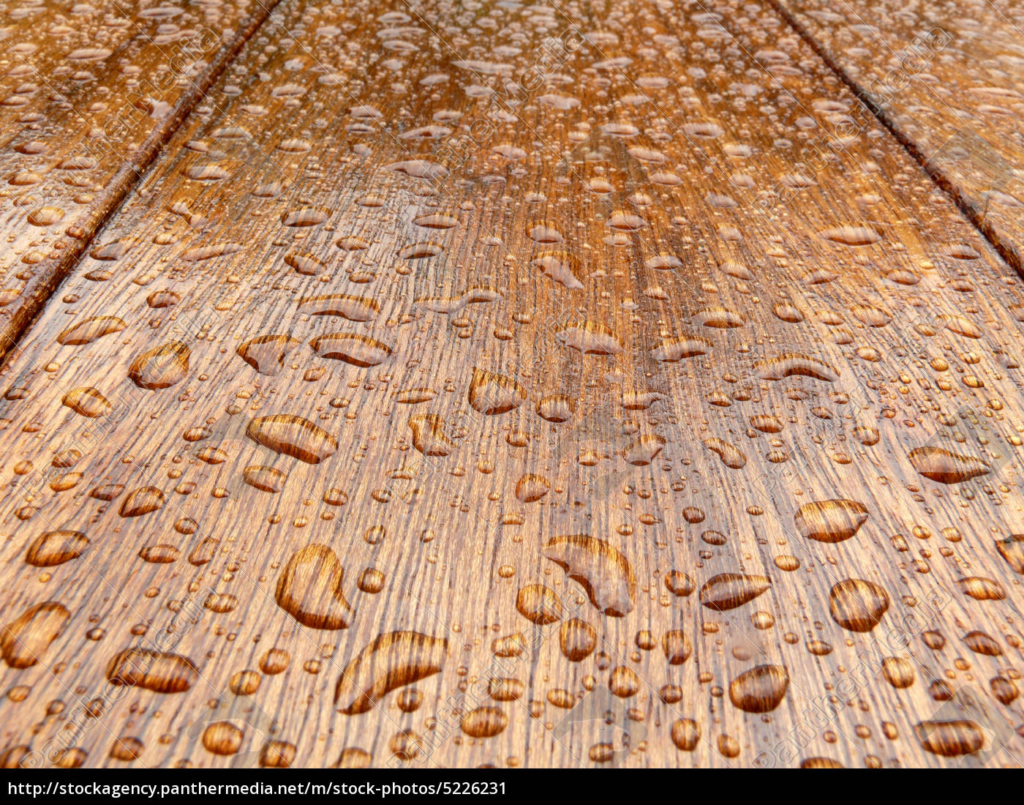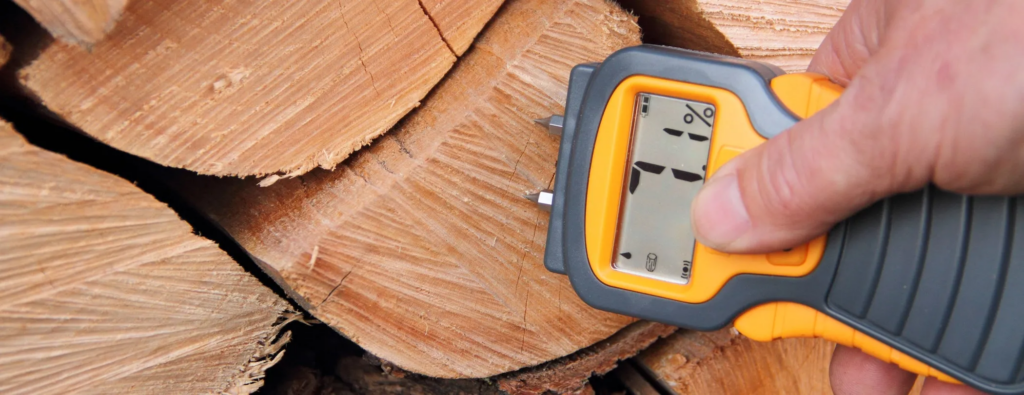Extreme moisture levels in floor planks can significantly damage a wood floor. Even a flawlessly installed floor can experience warping or bowing if the moisture content wasn’t appropriate during installation or if it changes afterward.
Dimensional changes in wood vary by species when moisture content fluctuates. With hundreds of boards laid out, defects become noticeable, especially under light, which highlights even minor deformations. Therefore, the key to a successful floor installation is ensuring the wood has the correct moisture content. The versatility of pin meters makes them an excellent tool for flooring professionals.

Pin meters work through measuring electrical resistance between two metal pins and detecting moisture in the space between them. As the pins are longer and more insulated, they can be connected directly to the meter or via an additional slide hammer electrode for deeper measurements.
Pin meters are extremely adaptable and can test moisture in floor planks at multiple stages, including sale, delivery, acclimation, installation, and post-installation. They may also monitor moisture in subfloors to ensure that they meet the manufacturer’s moisture recommendations.
Precision Moisture Measurement Techniques for Wood Flooring
To investigate flooring issues, an inspector can use a meter equipped with a slide hammer. Only a slide-hammer electrode with insulated pins can provide the necessary information in this application.
The inspector can see whether the moisture levels rise, fall, or stay the same as they drive the pins more into the floor. Without removing any floor planks, they can keep driving the pins deeper to measure the subfloor’s moisture content, gathering important data to identify the moisture issue. The disadvantage is that two pinholes will remain.
Pin meters have the advantage of measuring small regions. So they can identify moisture gradients or differentiate between core and surface moisture. A pinless meter can measure a greater area, but it can only reveal one moisture value at a time. It depends on the testing depth, even if the moisture levels below the measuring plate fluctuate.
Use the Right Meter
Using the appropriate wood meter can be challenging due to the numerous models available on the market. It is essential to understand the types of wood meters: pin and pinless. Identify which meter best suits your requirements based on your work type.

By drilling pins into the flooring at various depths, it’s possible to monitor the moisture content of each section. This method helps pinpoint the precise source of the moisture. Because the readings only come from the precise area between the ends of the pins, some meters have latex or rubber-insulated pins that accurately measure a specific location. This makes them perfect for gradient testing, which measures the moisture content of the wood at various depths of the board after installation. However, a pin meter won’t detect any moisture if the pins aren’t pushed all the way to the bottom of the board or if the moisture meter is utilized improperly.
The second form of wood moisture meter is the pinless—or nondestructive—meter, which sits on top of the flooring. In order to determine the average moisture content of the whole board, it sends low-frequency impulses into the flooring, which then return up. Depending on the meter, they may penetrate flooring up to 3/4 or 1 1/2 inches. However, the meter may measure the subfloor below and provide an erroneous result for any flooring with thicknesses lower than what it is intended to measure.
To avoid the meter measuring the material beneath the flooring, choose a meter that doesn’t measure more than 3/4 inch if you operate mostly with 3/4 inch flooring.
Moisture content is a crucial factor to consider, as wood remains hygroscopic throughout its existence. Its moisture content may fluctuate. Accurate measurement of moisture can only be achieved using a moisture meter.

